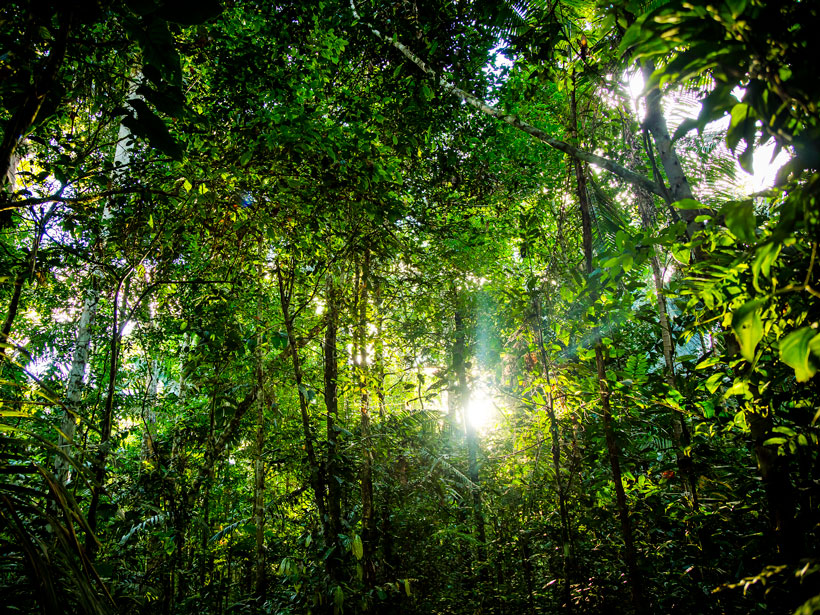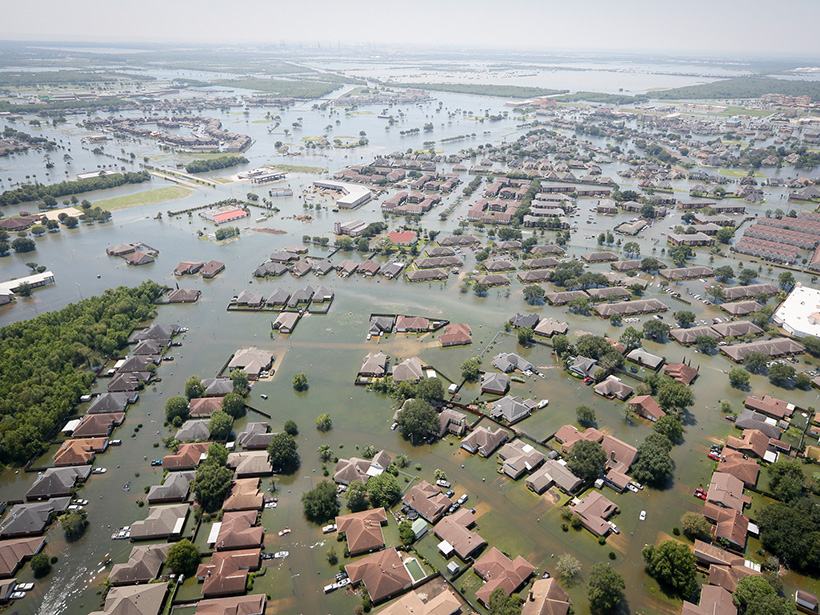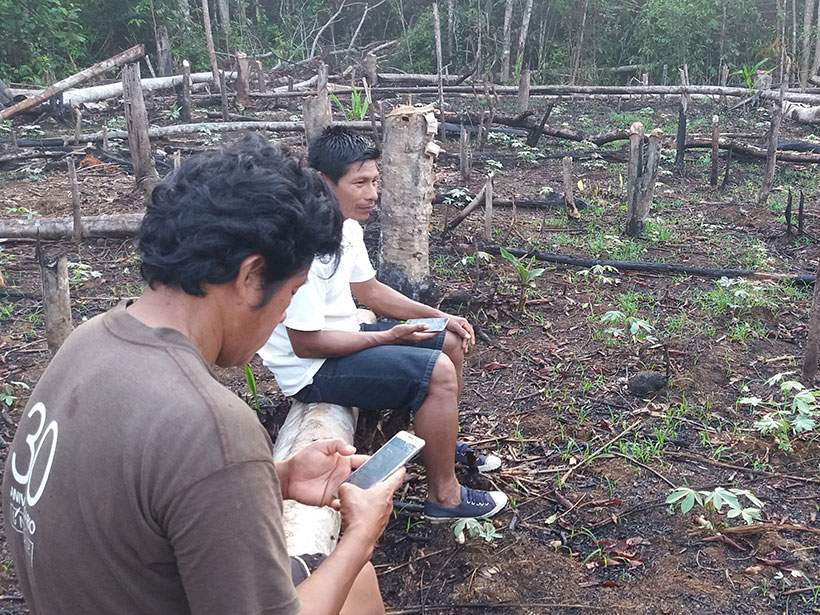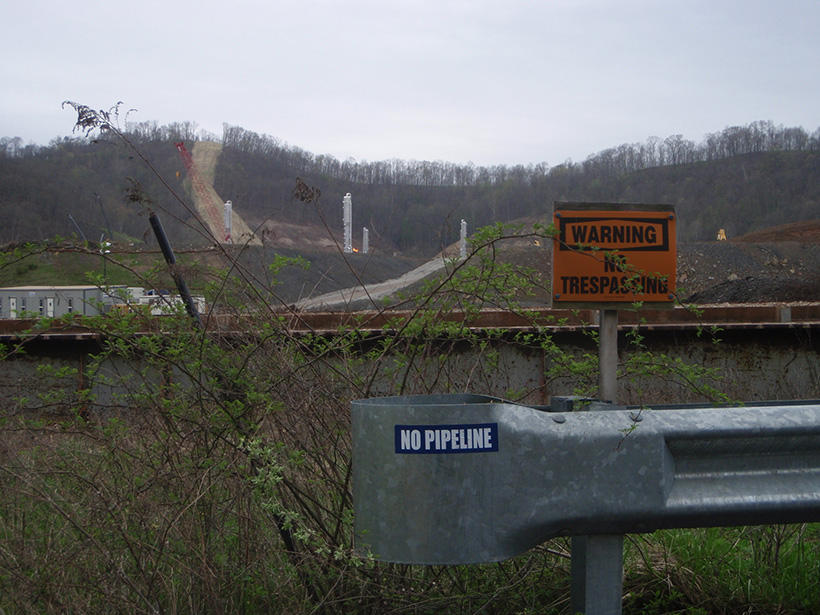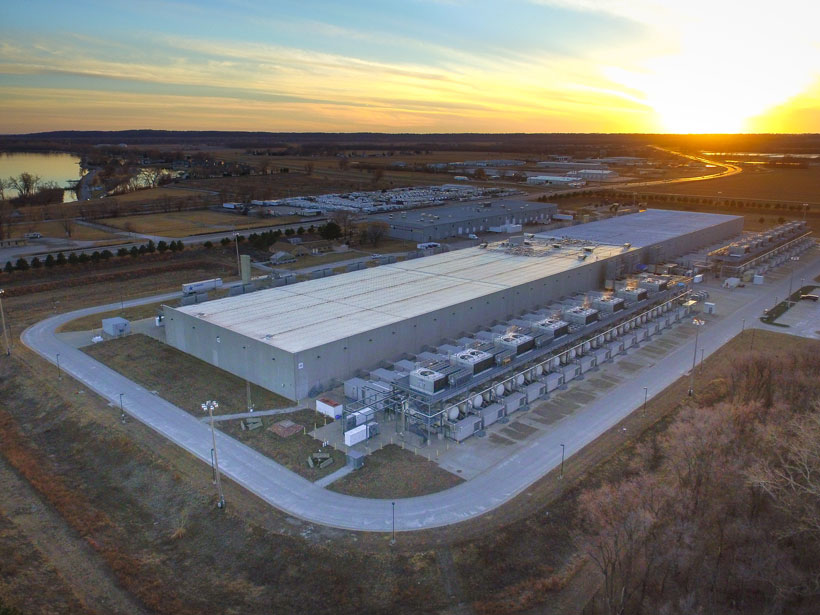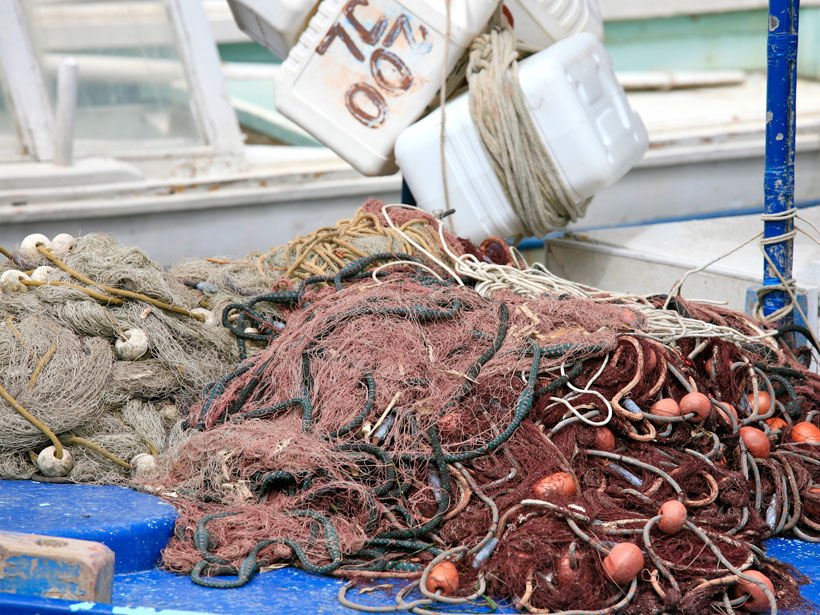For the first time, a study analyzes Amazon forest loss and recovery at national and subnational levels. One finding shows that new plantings offset less than 10% of emissions associated with deforestation.
Natural Resources
When Rivers Are Contaminated, Floods Are Only the First Problem
As floods increase in frequency and intensity, chemicals buried in river sediments become “ticking time bombs” waiting to activate.
Indigenous Peoples Harness Space Technology to Stop Deforestation
Satellite observations have long been used to detect deforestation, and a new study shows that giving Indigenous groups greater access to these data can improve response times and reduce tree cover loss.
Testing on the Tundra: NASA Snow Program Heads North
With infrastructure, experience, and a slice of the world’s largest snow biomes, Alaska is an essential research destination for NASA’s multiyear SnowEx campaign.
Hear Ye! Hear Ye! A Declaration of the Rights of the Moon
What are the ethics of mining the Moon? Could humans cause environmental damage to Earth’s only satellite? And could a new Declaration of the Rights of the Moon be one way of mitigating those impacts?
America’s Natural Gas Pipeline Routes and Environmental Justice
Pipeline infrastructure disproportionately burdens America’s most vulnerable communities.
U.S. Data Centers Rely on Water from Stressed Basins
Researchers mapped the environmental footprint of data centers, shedding light on how and where the industry can improve.
Getting to the Bottom of Trawling’s Carbon Emissions
A new model shows that bottom trawling, which stirs up marine sediments as weighted nets scrape the ocean floor, may be releasing more than a billion metric tons of carbon every year.
Food Security Lessons from the Vikings
Scandinavian societies of the first millennium adapted their farming practices to volcano-driven climate changes.

